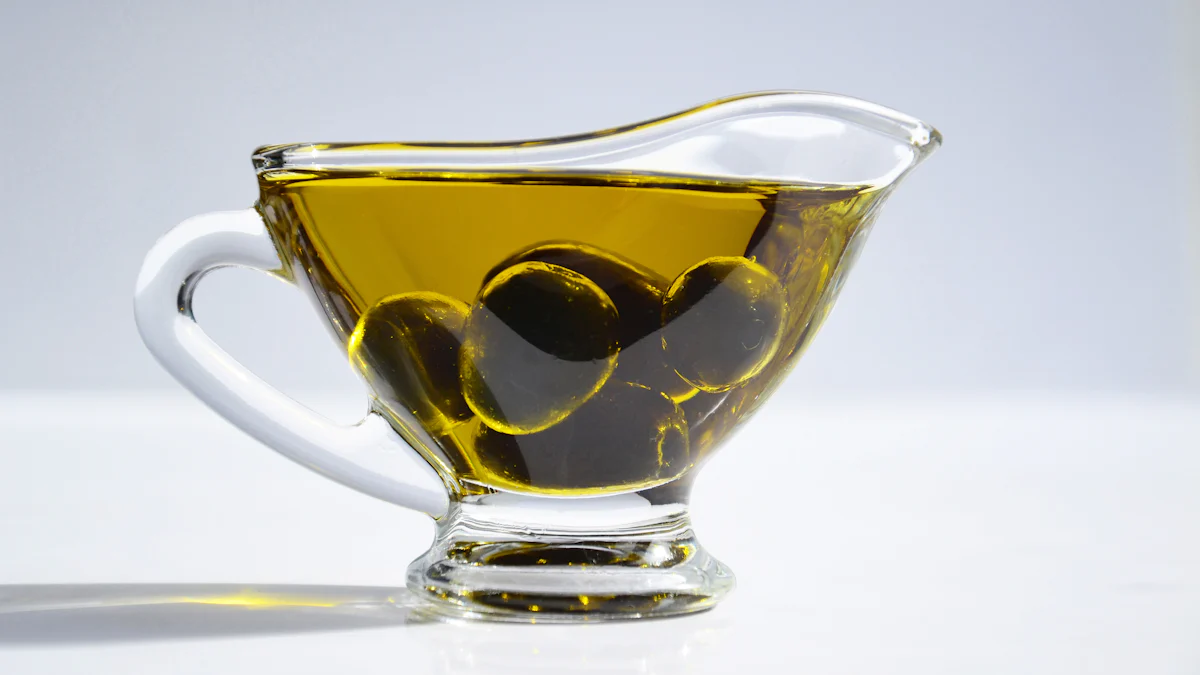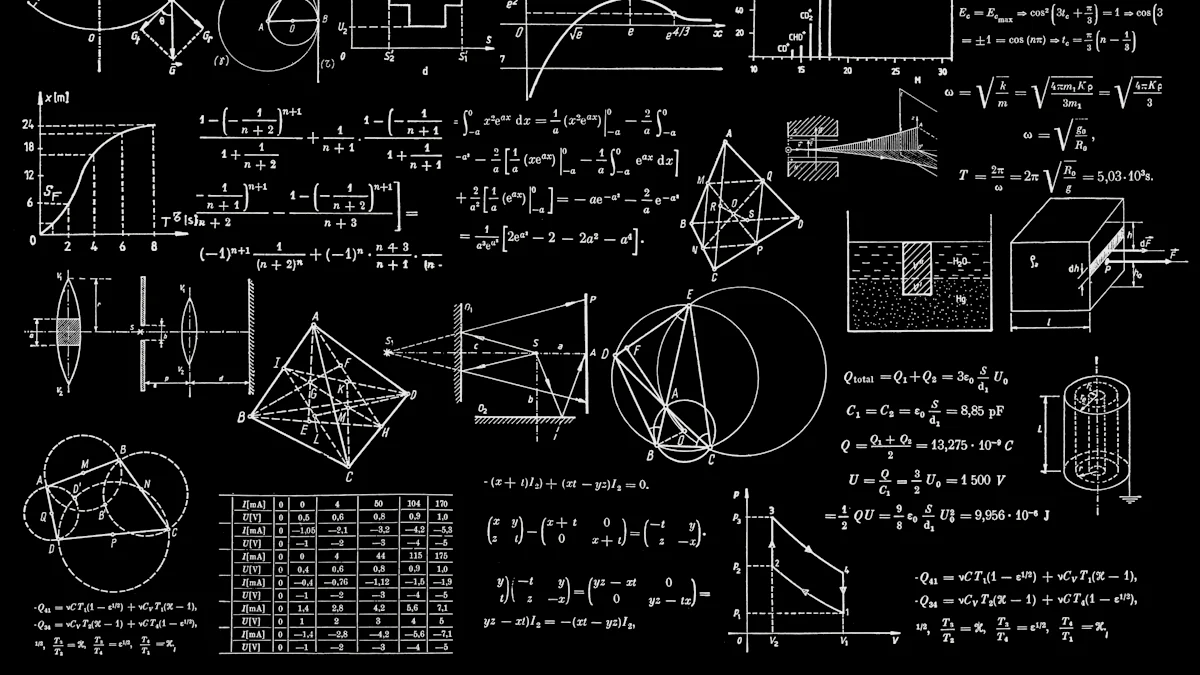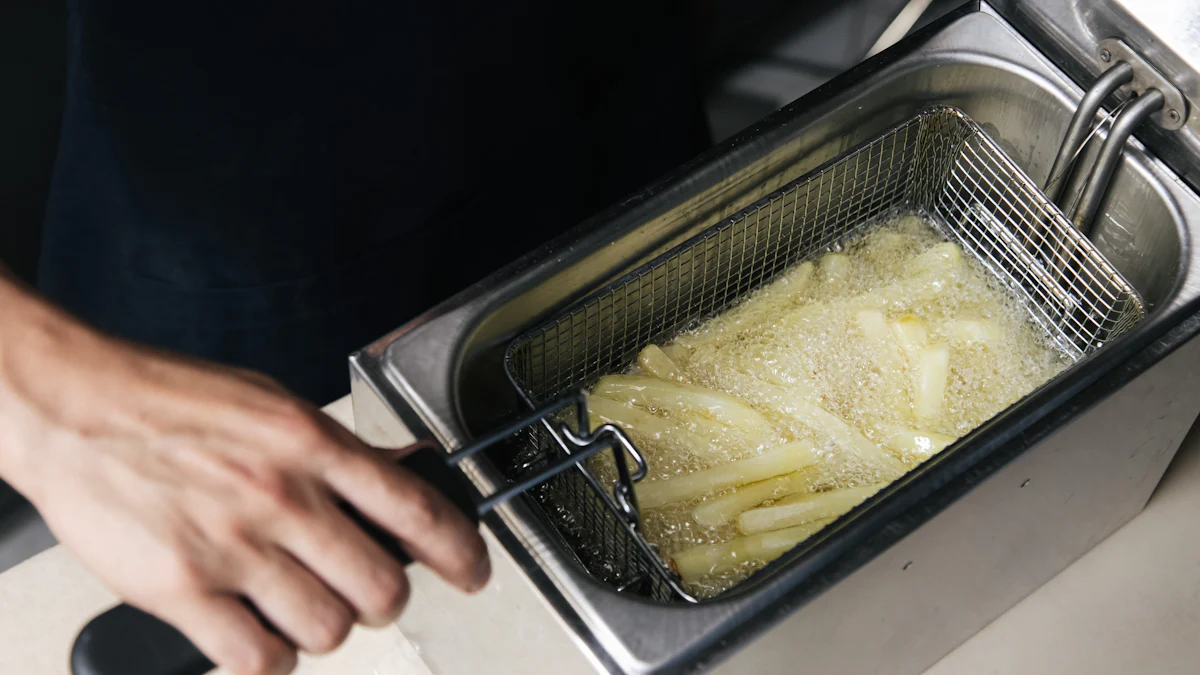
Air fryers have revolutionized the way we cook by offering a healthier alternative to traditional frying methods. By significantly reducing the need for oil, air fryers help cut down on fat content and calorie intake in our meals. This blog will delve into the benefits of using less oil in cooking, particularly focusing on how air fryers make this possible. Understanding the science behind air frying and comparing it with other cooking methods will shed light on why air fryers are gaining popularity for their health and environmental advantages.
Understanding Air Fryers

What is an Air Fryer?
Air fryers, equipped with innovative technology, air fryers utilize convection to circulate hot air around the food. This method creates a crunchy exterior that requires minimal fat for cooking. By understanding the basic components and functionality of an air fryer, individuals can appreciate its efficiency in producing delicious meals with reduced oil content.
Basic components and functionality
The fundamental design of an air fryer includes a heating element and a fan that work together to circulate hot air rapidly. This circulation evenly cooks the food from all angles, ensuring a crispy texture without the need for excessive oil. Unlike traditional fryers that submerge food in oil, air fryers achieve similar results using only a fraction of the oil.
How it differs from traditional fryers
In contrast to conventional deep fryers that require significant amounts of oil to cook food through immersion, air fryers operate on a unique principle. They do not technically require cooking oil; instead, they rely on heated air to facilitate the cooking process. This distinction sets air fryers apart by offering a healthier alternative that reduces overall fat consumption while maintaining the desired taste and texture.
The Science Behind Air Frying
Exploring the science behind air frying unveils its culinary magic, showcasing how this modern cooking method achieves crispy perfection with minimal oil usage.
Hot air circulation
The key to achieving delectable dishes lies in the hot air circulation within an air fryer. By swiftly circulating hot air around the ingredients, heat is evenly distributed, resulting in thorough cooking and a satisfying crunch. This process not only enhances flavor but also significantly reduces the need for excess oils or fats typically used in traditional frying methods.
Maillard reaction and crispiness
One of the remarkable aspects of air frying is its ability to trigger the Maillard reaction—a chemical reaction between amino acids and reducing sugars that imparts rich flavors and enticing aromas to cooked foods. Through precise temperature control and optimal air circulation, air fryers facilitate this reaction effectively, delivering crispy textures reminiscent of deep-fried delights without the added calories or unhealthy fats.
Benefits of Using Less Oil
Health Benefits
- Reduced calorie intake
By choosing air frying over traditional deep frying, individuals can significantly reduce their calorie intake. Air-fried foods typically contain up to 80% fewer calories due to the minimal oil required for cooking.
- Lower risk of heart disease
Opting for air-fried dishes can contribute to a lower risk of heart disease. Compared to deep-fried foods, which are high in saturated fats, air-fried meals have reduced fat content, promoting heart health.
- Weight management
Air frying plays a vital role in weight management by offering a healthier cooking alternative. With lower fat and calorie content, air-fried foods support weight control and healthy eating habits.
Environmental Benefits
- Less oil waste
Air fryers help minimize oil waste during the cooking process. By using only a tablespoon of oil or less, air frying reduces the amount of oil discarded after each use, promoting eco-friendly practices.
- Reduced carbon footprint
Choosing to use less oil with air fryers contributes to a reduced carbon footprint. The energy-efficient operation of air fryers, coupled with decreased oil consumption, aligns with sustainable cooking practices that benefit the environment.
- Sustainable cooking practices
Embracing air frying as a method that requires less oil fosters sustainable cooking practices. By reducing reliance on excessive oils and fats, individuals can adopt a more environmentally conscious approach to food preparation.
Comparing Air Frying with Other Cooking Methods

Traditional Deep Frying
Oil usage and absorption
- Deep frying involves submerging food in a large amount of oil, leading to high oil absorption by the food. This excessive oil usage contributes to the overall fat content of the dish.
Health implications
- The health implications of traditional deep frying are significant due to the high levels of saturated fats absorbed during cooking. These fats can increase cholesterol levels and pose risks to heart health.
Cost considerations
- When considering the cost of deep frying, the expenses associated with purchasing large quantities of cooking oil add up over time. Additionally, the need for frequent oil changes adds an extra financial burden.
Baking and Roasting
Oil requirements
- Baking and roasting typically require a certain amount of oil to prevent food from sticking to baking trays or pans. While not as excessive as deep frying, these methods still rely on oil for cooking.
Texture and taste differences
- The texture and taste of foods prepared through baking or roasting differ from those cooked in an air fryer. Baked dishes may lack the crispy exterior achieved through air frying, impacting overall flavor and satisfaction.
Cooking time and energy efficiency
- Compared to air frying, baking and roasting often require longer cooking times due to lower temperatures used in conventional ovens. This prolonged cooking process results in higher energy consumption, affecting both time management and utility costs.
Practical Tips for Using Air Fryers
Choosing the Right Air Fryer
When selecting an air fryer, consider the size and capacity to ensure it meets your cooking needs effectively. Larger models are suitable for families or batch cooking, while compact sizes are ideal for individual portions. Look for key features such as adjustable temperature settings and preset cooking programs to enhance versatility in preparing various dishes. Budget considerations are essential, but prioritize quality and functionality over price to invest in a durable air fryer that will serve you well in the long run.
Cooking Tips and Tricks
For optimal results when using an air fryer, start by preheating the appliance to ensure even cooking and crispy textures. Experiment with different temperature settings based on the food being prepared, adjusting as needed to achieve desired outcomes. When considering what foods to cook in an air fryer, explore a wide range of options from meats and vegetables to snacks like tofu or eggs. To maintain your air fryer in top condition, follow proper cleaning and maintenance practices regularly. Wipe down the interior and accessories after each use, ensuring all parts are thoroughly dry before storage.
Benefits of Air Fryers:
- Air fryers simplify the cooking process, requiring minimal oil for a crispy texture.
- Healthier alternative to traditional frying methods, reducing fat intake significantly.
Final Thoughts:
- Embracing air fryers promotes healthier eating habits and supports weight management.
- Sustainable option that minimizes oil usage and benefits both personal health and the environment.
Encouragement:
- Try air frying at home to experience delicious, guilt-free meals with reduced fat content.
Post time: Jun-27-2024

